8 Facts You Didn't Know About Sea Turtles
From hawksbills to leatherbacks, every diver loves to encounter a sea turtle. There are seven species in the world: the green, loggerhead, Kemp's ridley, olive ridley, hawksbill, flatback, and leatherback. Except in polar regions, sea turtles live in every ocean. Sadly, they are threatened by accidental capture and entanglement in fishing gear, the loss of nesting and feeding sites due to coastal development, poaching, and ocean pollution, including plastic debris like plastic bags that they mistake for one of their favorite meals, jellyfish.
Love diving with sea turtles? Check out our Top 10 Places for Diving with Turtles

Borut Furlan/WaterFrameGreen sea turtle
1. Green sea turtles can remain underwater for as long as five hours on a single breath by slowing their heart rate to as much as nine minutes between beats.
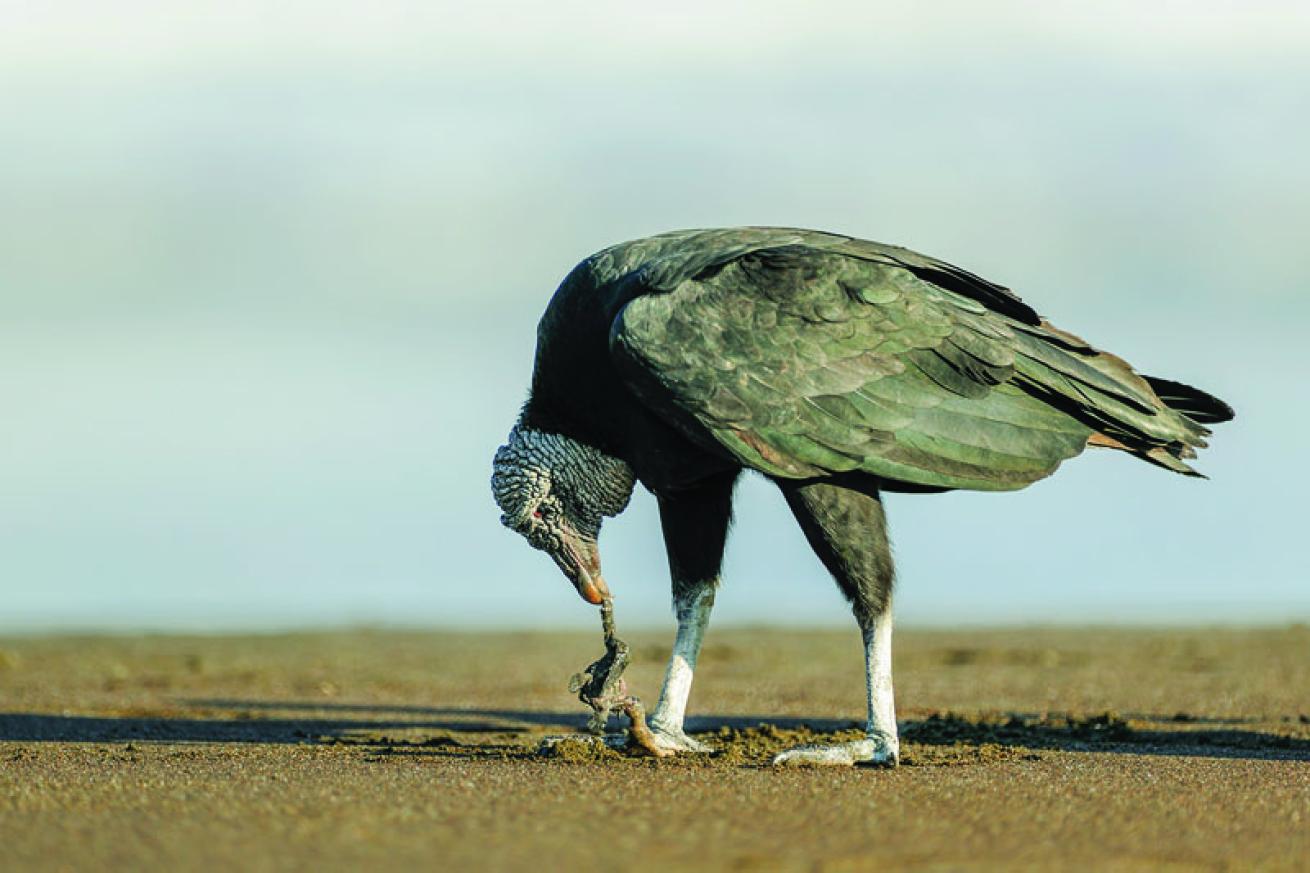
Solvin Zankl/NPL/Minden Pictures8 Facts About Sea Turtles
2. It's estimated that only one in 1,000 hatchlings lives to become an adult.
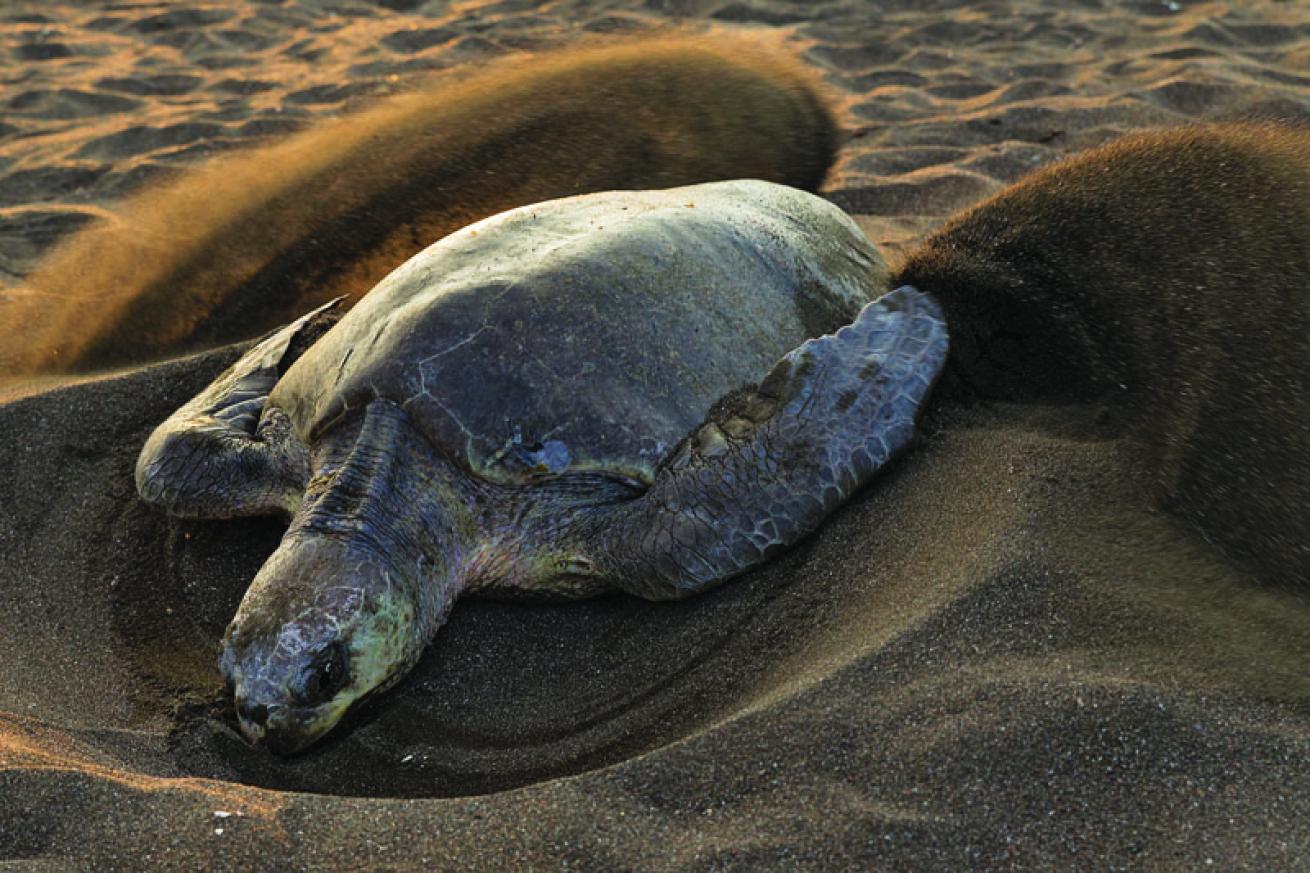
Jürgen Freund8 Facts About Sea Turtles
3. Sea turtles dig between 40,000 and 80,000 nests in Florida’s beaches each year with 80 to 120 eggs in each.

Ingo Arndt/Minden Pictures8 Facts About Sea Turtles
4. Although sea turtles have been on Earth for 100 million years, six of the seven species living today are currently threatened or endangered, like the Leatherback.
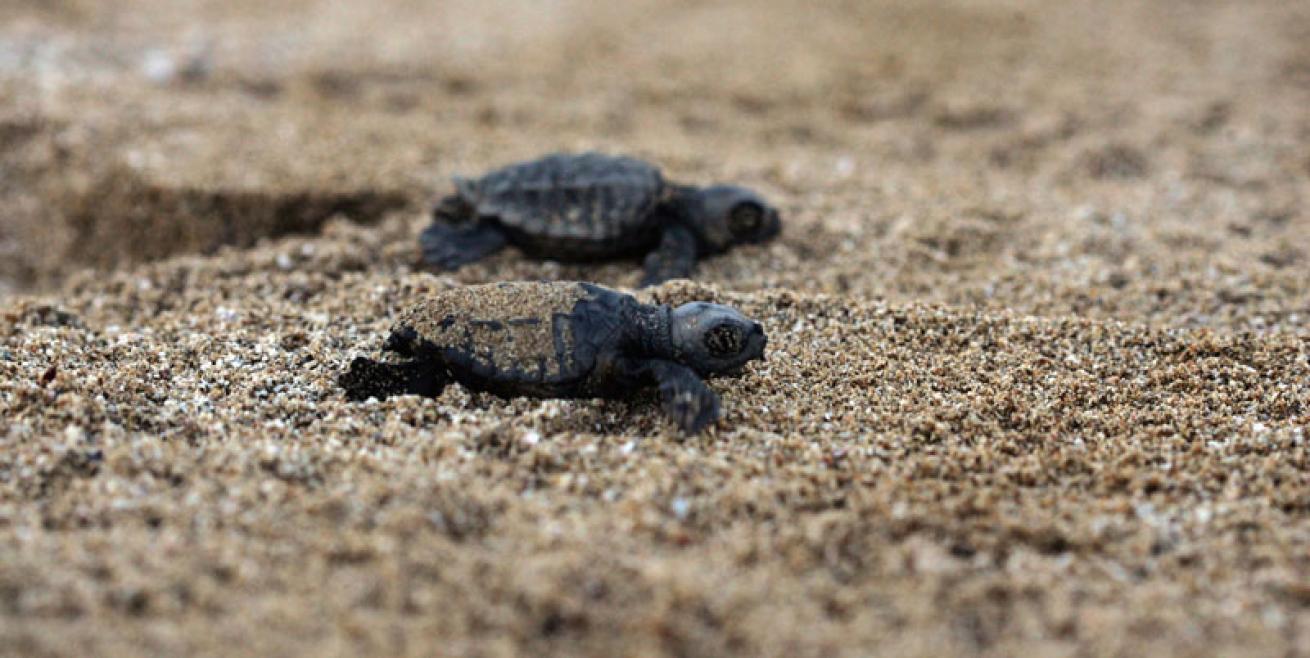
Getty Images8 Facts About Sea Turtles
5. Hatchlings don’t return to inshore waters until a decade after they are born. Their whereabouts during these “lost years” remains a mystery.
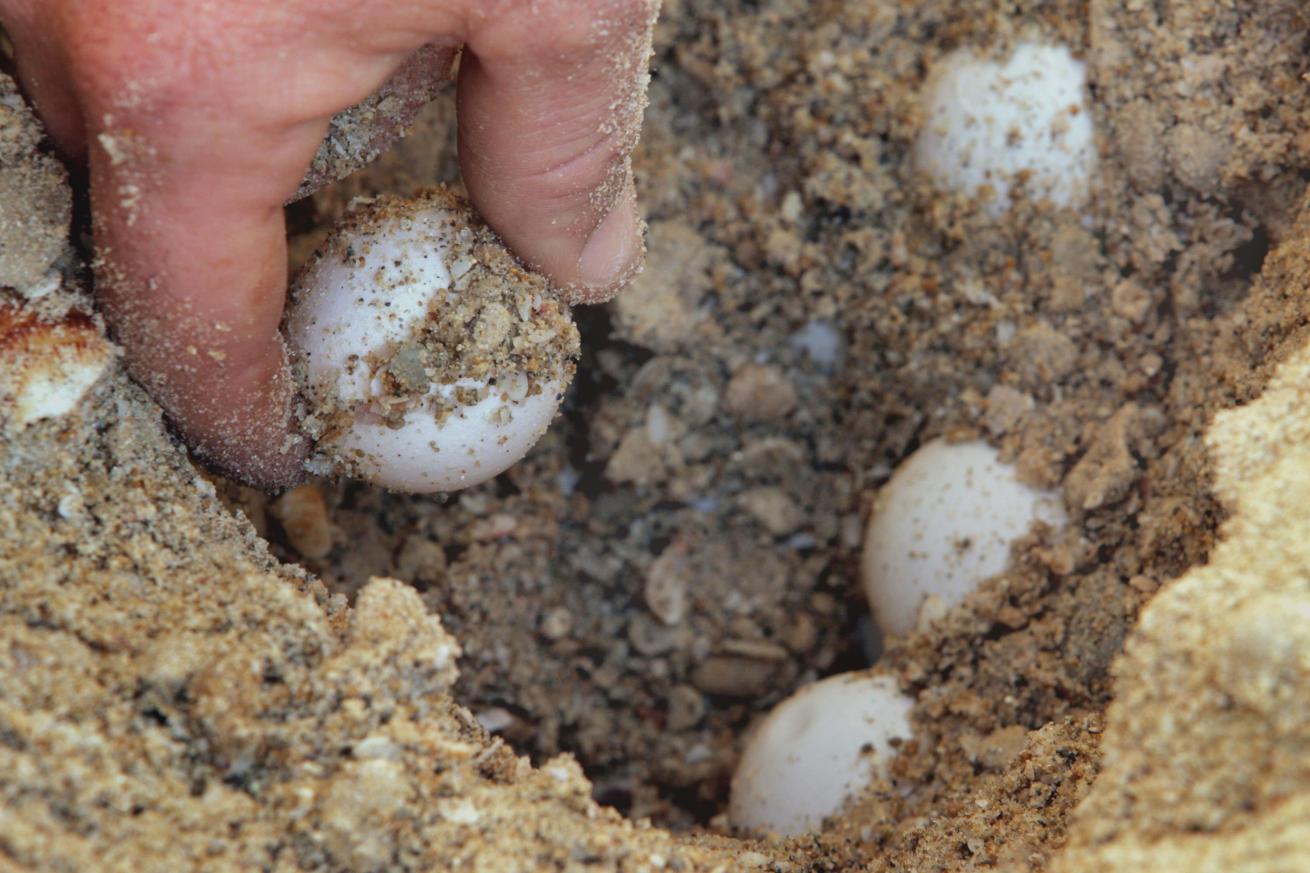
Getty Images8 Facts About Sea Turtles
6. If the temperature around a sea turtle’s egg nest remains between 83 and 85 degrees the hatchlings will be both male and female. Temperatures over 85 degrees produce all females; temperatures below 83 degrees produce males.
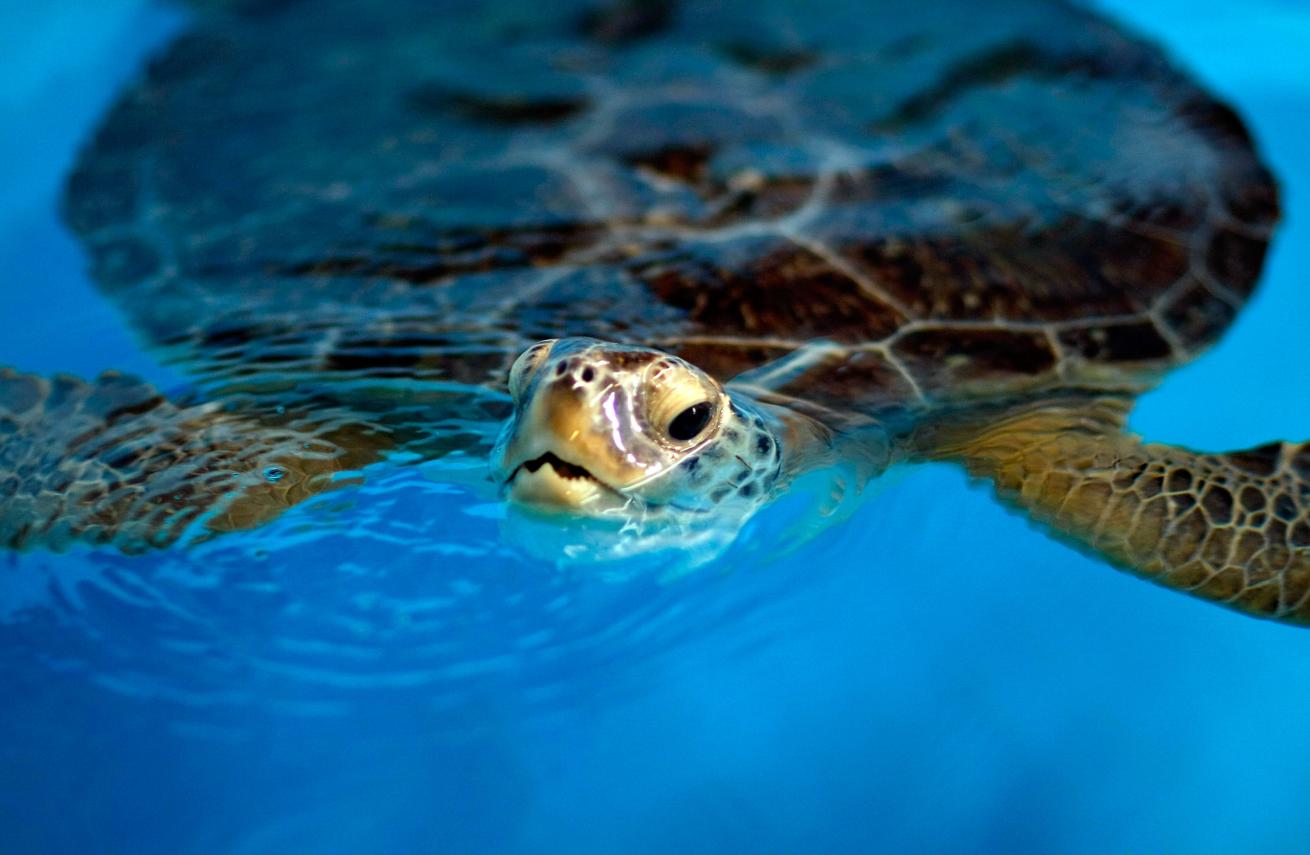
Getty Images8 Facts About Sea Turtles
7. Unlike land turtles, sea turtles cannot retract heads or flippers inside their shells.

Getty Images8 Facts About Sea Turtles










